We’re less than a couple of weeks out from the premiere of James Gunn’s new Superman movie. Excitement level is high. Attitudes seem to be fairly consistent that the teasers and trailers so far are promising. Hope abounds. It’s something to definitely look forward to in the short term.
Back when it was announced that James Gunn and Peter Safran were going to be taking over the destiny of DC’s film and television output, and Gunn gave a bit of a tease as to the kind of projects that they’d be putting out, he spotlighted a particular book when talking about a movie that at that time was called Superman: Legacy. A comic that arguably captures the spirit of the weirdness of the Golden and Silver Age Superman and the heart and ideals embodied across all eras of the character.
That book being one of the modern classics of the past twenty years, All Star Superman by Grant Morrison, Frank Quitely, Jamie Grant, Phil Balsman, and Travis Lanham.
“What a bizarre irony if the source of my powers winds up killing me, when everything else has failed.”
When it comes stories that deal with perspective and interpretation of the concept of Superman, All Star Superman is one of the most multi-faceted. It’s a Bird… and Up in the Sky might deal with more of the meta aspects of the elements of a Superman story, but this one really looks at the different variants. On its surface, it’s presented as the last Superman story. He’s been manipulated by Lex Luthor into basically over-irradiating himself and now his cells are dying. It has the verve and zaniness of the Silver Age, similar a bit to what Morrison would bring back in their Batman run too, but in a much brighter, larger-than-life fashion. Suitable for Superman.
What stems from there, though, is essentially a wild ride through different interpretations of the Superman archetype. Superman is working his way through things that he’d like to do, things left undone before, and essentially searching for potential replacements. In doing so, we see a variety of permutations on the Superman idea from Lois Lane as Superwoman to Bizarro. Even what’s essentially both a sequel and a prequel to DC One Million (don’t worry if you’ve not read it. This story is better informed if you have, but it’s not necessary). All kind of working to a conclusion that no one can replace Superman when he’s gone, but that he can still serve as the inspiration for so many others.
Frank Quitely’s artwork is some of his best here. The action and immensity of the visual storytelling is on full display here. There’s a definite weight to his characters here and, though it seems kind of cliche to say, a sort of widescreen approach to the layouts. It’s only enhanced by the brilliance of the shine of Jamie Grant’s colours. Flares and light running as common themes throughout the imagery on top of the bright primary colours of Superman and the oddball cast of antagonists. Phil Balsman and Travis Lanham providing letters to match the scope of the story, with some unique word balloons and fonts to fit some of the stranger characters.
“The end is coming closer and there are still so many things I’ve yet to achieve.”
Now, I’m going to take a bit of a left turn, because I had a different reading on my last read through. Changing my perception. Much like the story changes depending on whether it’s your first or second read through, I caught a note that I didn’t notice before this time. In their notes afterwards, Morrison mentions “…Quitely and I decided to make it literal and to tell the story of Superman as a star or solar ‘deity’…”. That puts the entire thing in a different perspective.
You can argue that superheroes are a kind of modern myth-making. A new kind of folklore that turns gods and monsters into four-colour fantasies. That the Justice League and Avengers are new world pantheons. Even working in existing myths and mythemes into their framework, just as a version of Samson and Atlas appear here, and the structure of this story could be considered a variation on the Twelve Labours of Hercules.
Originally Superman is perhaps more appropriately inspired by Moses, maybe even Samson, but later non-Jewish creators and increased solar elements in his powers likely pushed towards Christ comparisons. You can indeed do that here too in Morrison and Quitely’s interpretation, but I think there’s other heliocentric myths and religions at play here. Influence from Osiris through Sol Invictus, giving the tale another layer through which to be interpreted.
“That’s it! No more tricks! No more!”
Silver Age tribute or modern mythology? Both and neither maybe. How you read All Star Superman by Morrison, Quitely, Grant, Balsman, and Lanham is entirely up to you. That’s in there too, a common Morrison theme that reality is what we think of it. Almost as a throwaway line from Luthor. Big ideas hidden behind seemingly straightforward stories. It’s a timeless tale of Superman versus Lex Luthor and so much more.
How it potentially influenced and informed James Gunn’s forthcoming Superman remains to be seen, but it will be another exciting adventure, no?
All Star Superman
Writer: Grant Morrison
Penciller: Frank Quitely
Digital Inks & Colourist: Jamie Grant
Letterers: Phil Balsman & Travis Lanham
Publisher: DC Comics
Release Date: November 16 2005 – September 17 2008 (original issues)
Read past entries in the Classic Comic Compendium!
Check out other recent review pieces from The Beat!



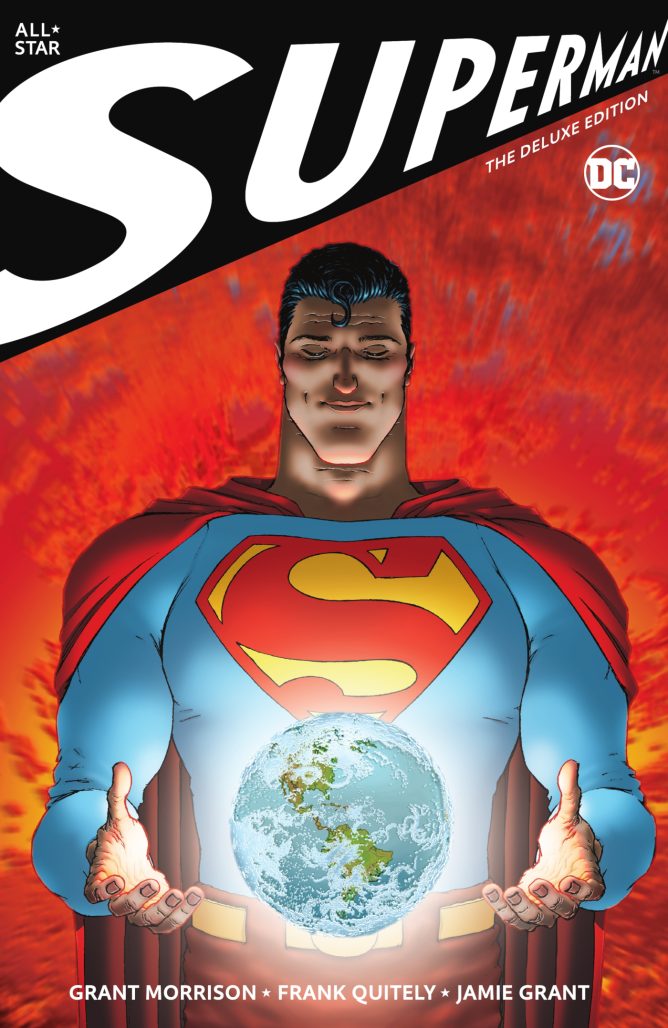


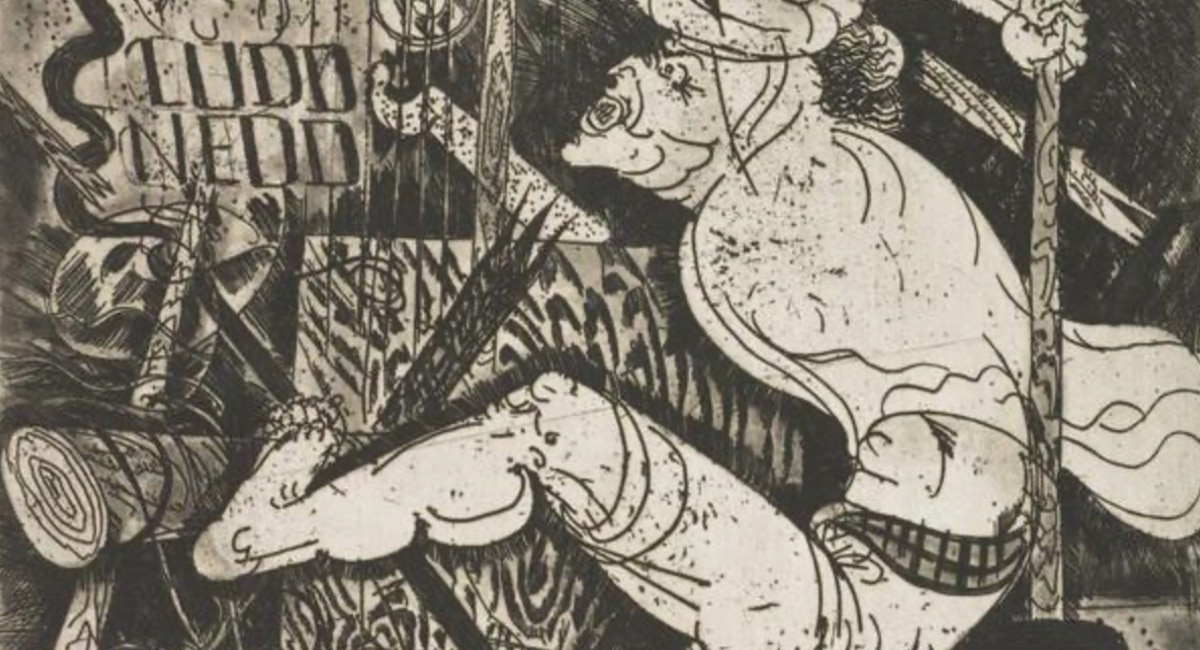

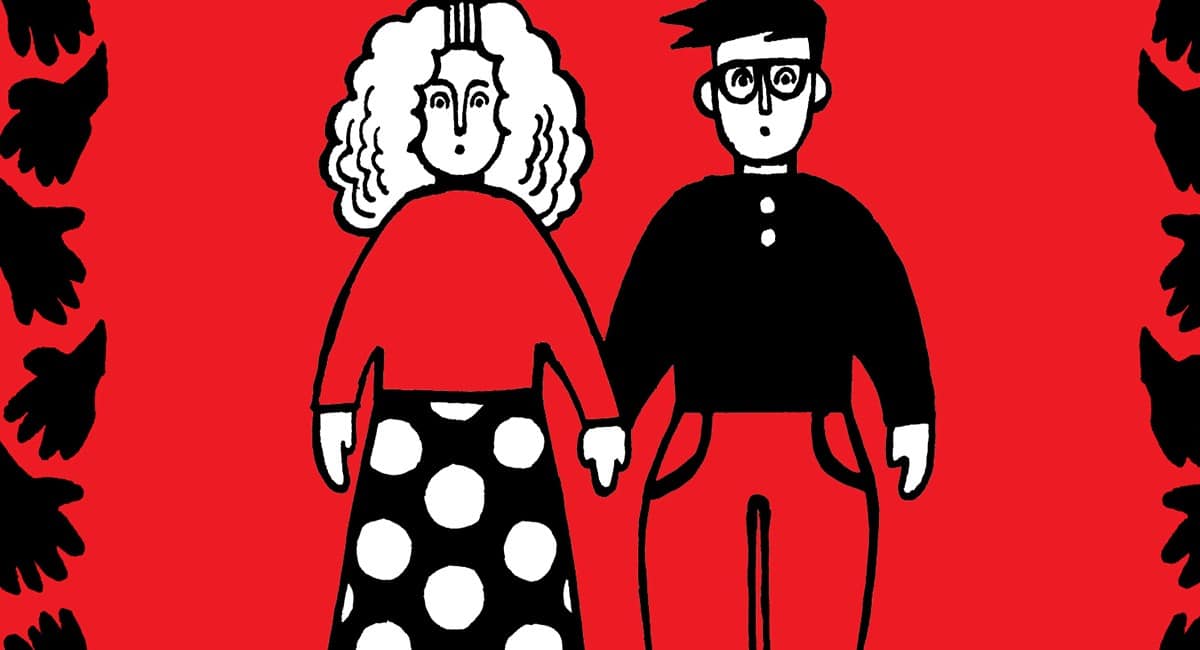






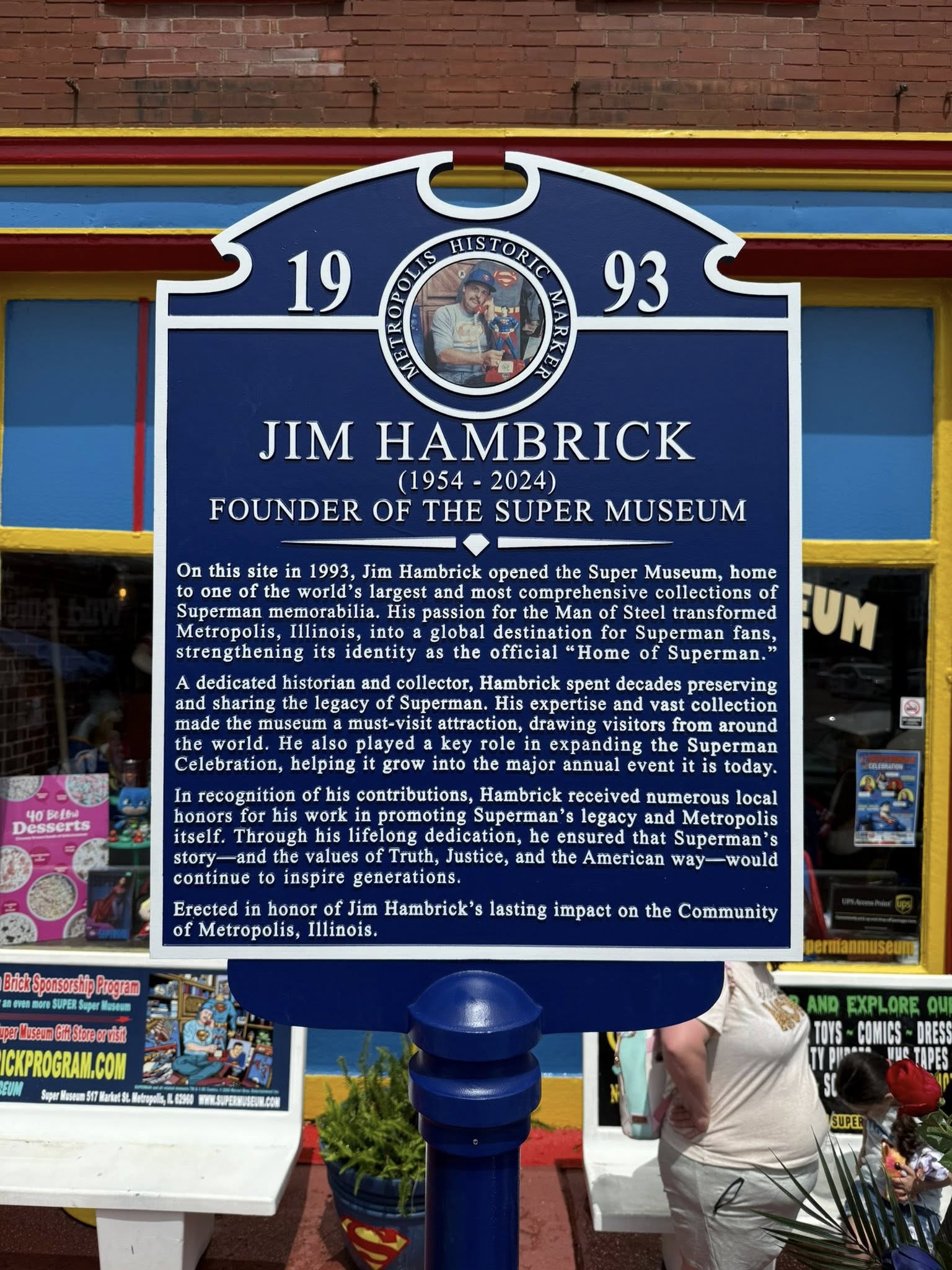


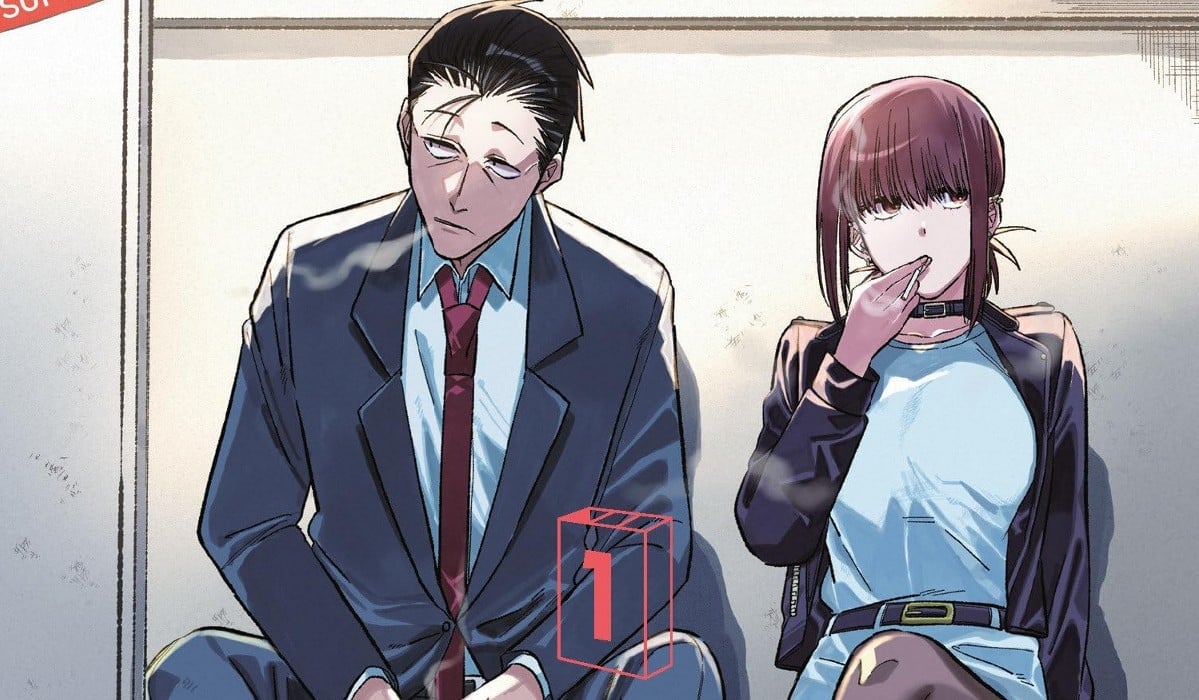
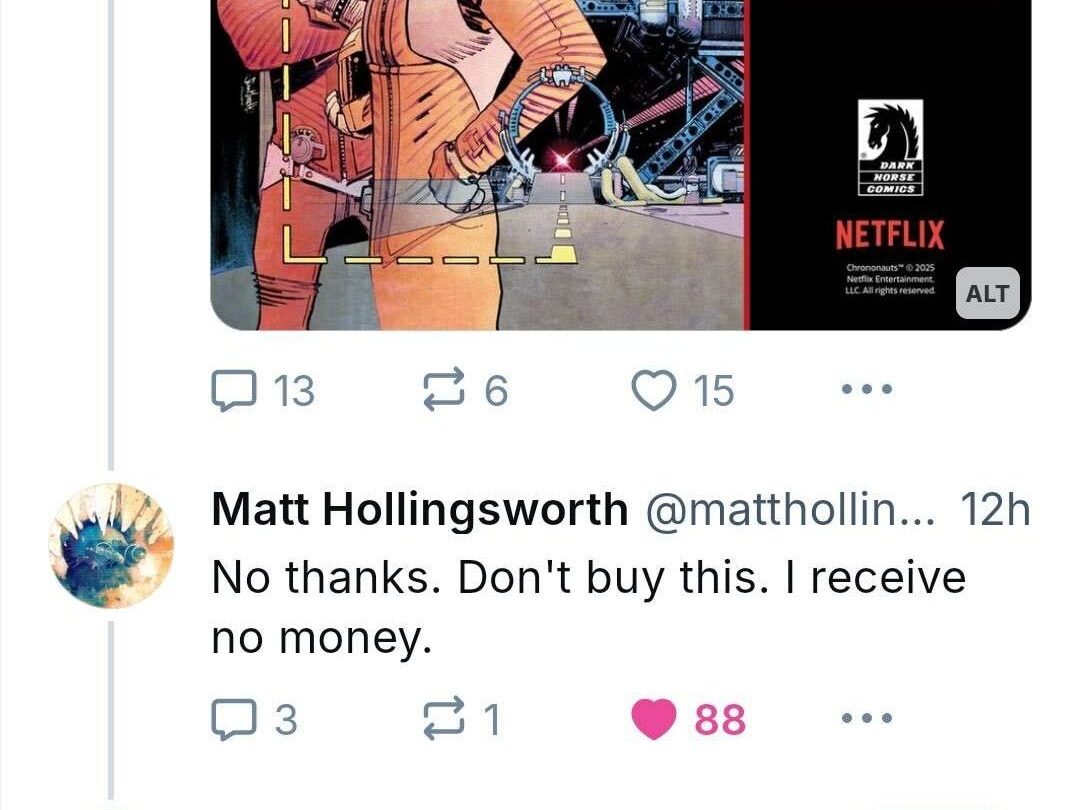


 English (US) ·
English (US) ·